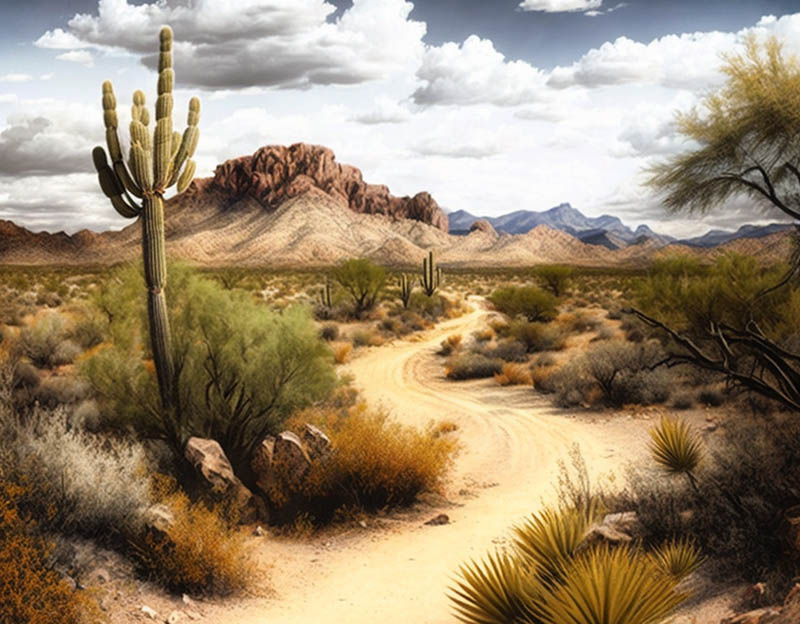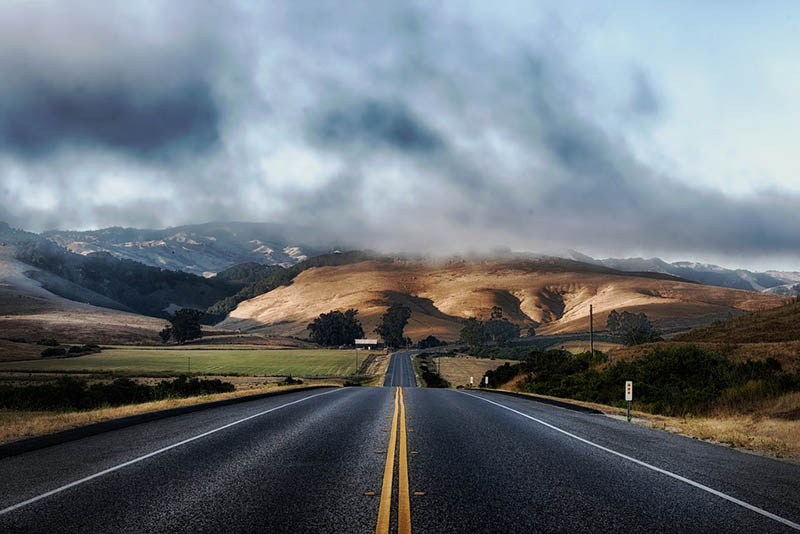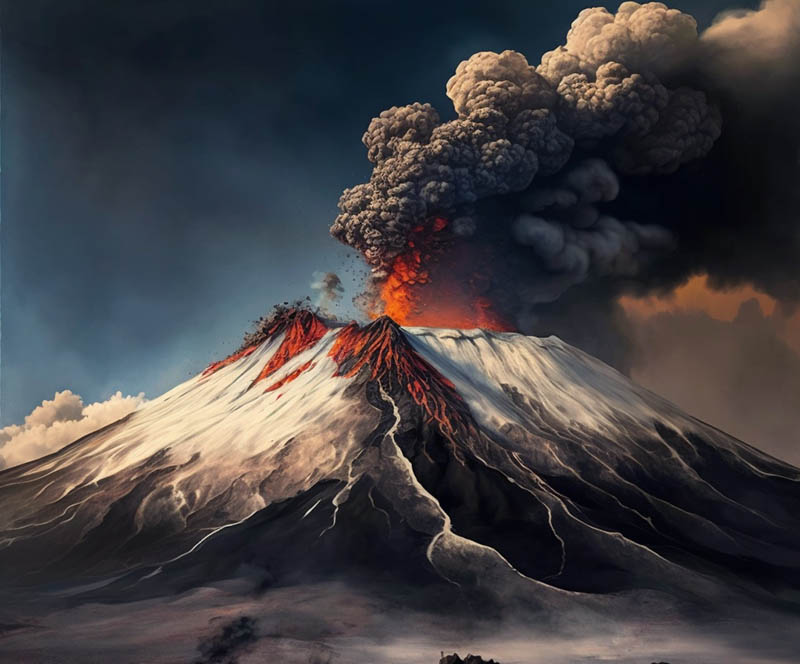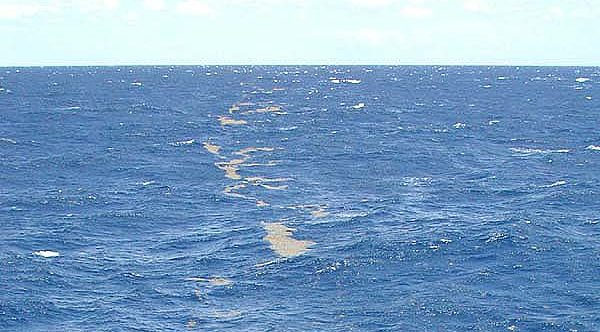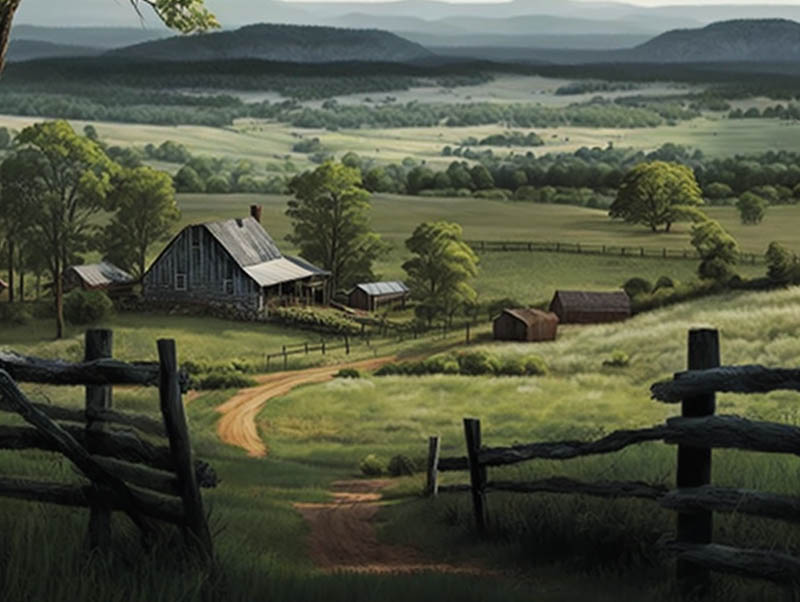The Sonoran Desert has inspired many artists and writers, including Georgia O’Keeffe, Edward Abbey, and Ansel Adams. This place is harsh but beautiful. Due to its unique biodiversity and ecological importance, it is the subject of numerous conservation efforts aimed at protecting its natural resources and wildlife.
Location and Size
The Sonoran Desert is located in southwestern North America, covering parts of California, Arizona, and Mexico. It is the hottest desert in North America and the third largest desert in the world after the Sahara and the Arabian deserts.
The climate of the Sonoran Desert
The desert is characterized by extremely hot summers and mild winters. Temperatures can reach up to 120°F (49°C) during the summer months, while winters are typically mild with temperatures ranging from 40°F (4°C) to 70°F (21°C).
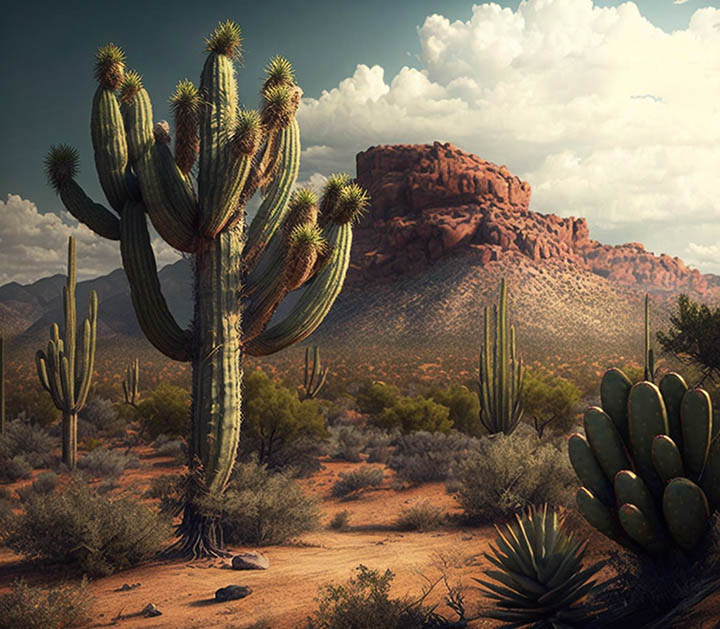
Animals and Plants of the Sonoran Desert
The Sonoran Desert is one of the most biologically diverse deserts in the world, with over 2,000 plant species and over 350 animal species. Also, this region is home to several unique plant species, including the saguaro cactus, which can grow up to 50 feet tall and live for over 200 years. Several endangered species living here are endangered. This includes the Sonoran pronghorn, desert pupfish, and the lesser long-nosed bat. Some of the wildlife found here include coyotes, bobcats, javelinas, rattlesnakes, and roadrunners.
Landscapes
The desert is known for its diverse landscapes, which include sand dunes, rocky hills, and mountain ranges. That’s really picturesque!
Famous Sonoran Desert Sunsets
Sunsets in the Sonoran Desert are often described as being vibrant and colorful, with hues of orange, pink, and purple filling the sky. This is due to a combination of factors, including the region’s geography and weather patterns.
Peoples
The Sonoran Desert has been inhabited by indigenous peoples for thousands of years, including the Tohono O’odham, Pima, and Yaqui tribes.
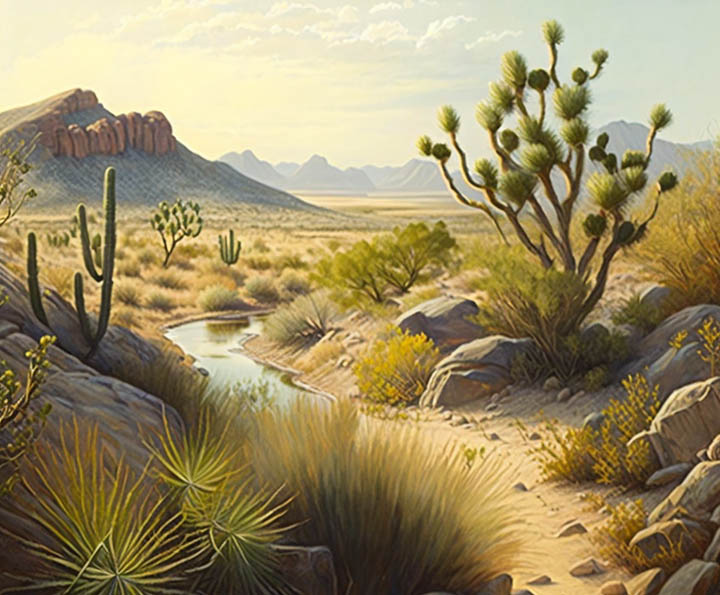
Spanish Influence
The Spanish colonized the Sonoran Desert in the 16th century, and their influence can still be seen today in the region’s architecture and culture.
National Parks
The desert is home to several national parks and preserves, including Saguaro National Park, Organ Pipe Cactus National Monument, and Joshua Tree National Park.
Mining
The Sonoran Desert has a rich mining history, with copper, gold, and silver being some of the most commonly mined minerals.
Border Issues in The Sonoran Desert
The Sonoran Desert is located near the US-Mexico border, and issues such as illegal immigration and drug trafficking are major concerns in the region.
Sonoran Hot Dogs
A popular food item in the region is the Sonoran hot dog, which is a hot dog wrapped in bacon and served with a variety of toppings.
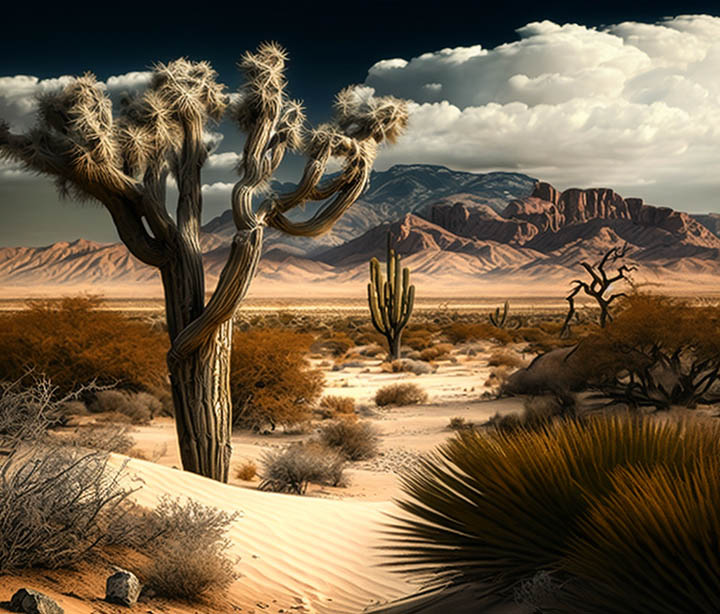
Solar Energy
The weather here is usually sunny. Thus, the Sonoran Desert is a prime location for solar energy, and several solar power plants have been built in the region in recent years.
Geology
The Sonoran Desert is home to several unique geological formations, including the Superstition Mountains and the Santa Catalina Mountains.
Monsoons
This desert experiences a monsoon season during the summer months, which brings much-needed rainfall to the region.
Tourist Attractions
The Sonoran Desert is a popular tourist destination, with attractions such as the Desert Botanical Garden, Old Tucson Studios, and Biosphere.
